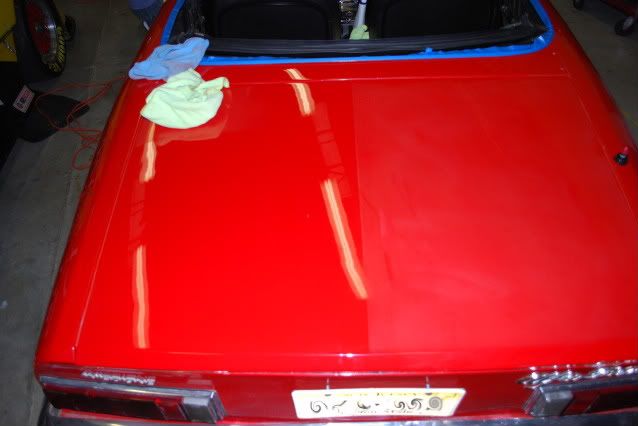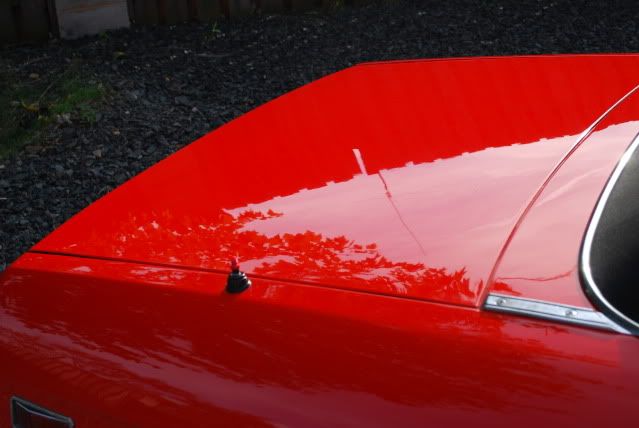imported_WhyteWizard
New member
The reason is this: Typically, oxidation forms a layer and protects the paint underneath. Every cutter or polish has emulsifiers, carriers, cleaners or other oily liquids. When these liquids hit the oxidation and wet it, they make the oxidation look like good paint. So, it's hard to tell when you've cut through to honestly good paint. Not absolutely impossible, but hard, and usually it requires you cut deep enough for certainty, which mean a little extra.
Plain water on the other hand, while it still makes the oxidation shine, doesn't make it look as good, the color is usually somewhat washed out - pun intended - and lighter. By wetsanding with something like Trizact 3000 you can see when you've cut through the oxide. What you should be going for is a stripped look, darker, good paint just breaking through the oxidized lighter paint. Think Zebra stripes. Good lighting is critical and lets you see what I'm talking about, but you can dry as you go and because the water will dry out of the oxide you'll be able to see when you've cut through. It'll just take longer, but you'll have really good control.
Remember, the point is to just break through the oxidation and stop.
Then you can easily buff out the 3000 grit and remove the remaining oxidation using the KB method or with Hi-Lustre Finish-it, with a rotary followed by the Makita BO6040 like I was demonstrating at SEMA this year, or with whatever you're used to.
I think wetsanding off oxidation in some, but not all cases, is something worth considering.
Robert
Plain water on the other hand, while it still makes the oxidation shine, doesn't make it look as good, the color is usually somewhat washed out - pun intended - and lighter. By wetsanding with something like Trizact 3000 you can see when you've cut through the oxide. What you should be going for is a stripped look, darker, good paint just breaking through the oxidized lighter paint. Think Zebra stripes. Good lighting is critical and lets you see what I'm talking about, but you can dry as you go and because the water will dry out of the oxide you'll be able to see when you've cut through. It'll just take longer, but you'll have really good control.
Remember, the point is to just break through the oxidation and stop.
Then you can easily buff out the 3000 grit and remove the remaining oxidation using the KB method or with Hi-Lustre Finish-it, with a rotary followed by the Makita BO6040 like I was demonstrating at SEMA this year, or with whatever you're used to.
I think wetsanding off oxidation in some, but not all cases, is something worth considering.
Robert











